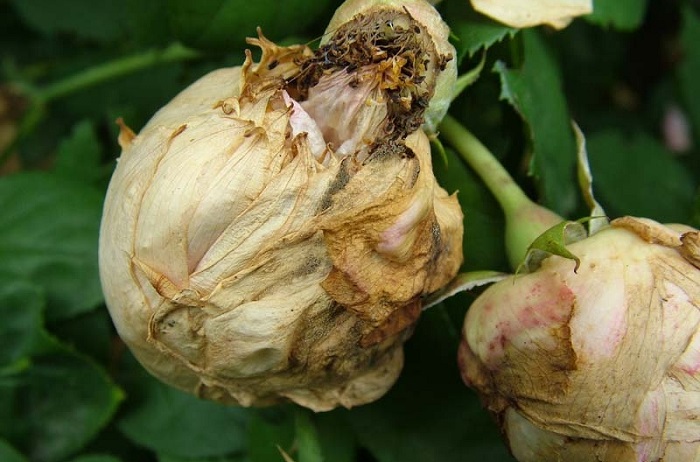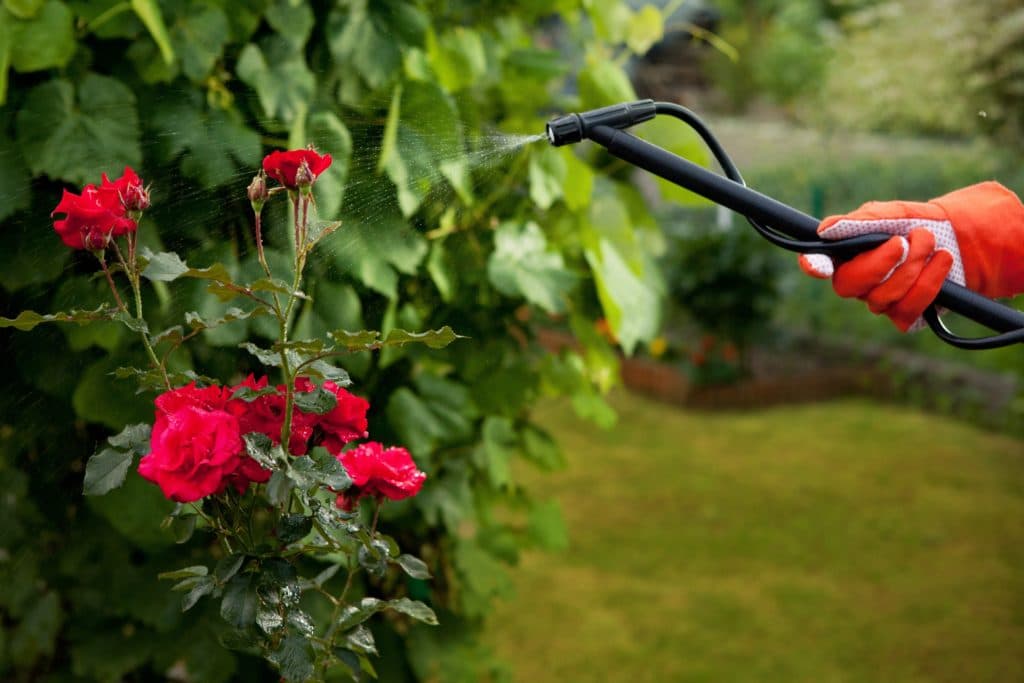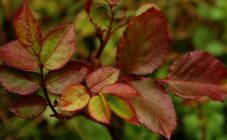Content:
Roses have always been, are and will be one of the most important decorations of any garden plot, as well as home space. There are a lot of myths about the whimsy, capriciousness of roses. That is why roses are not as common at home as other plants. Before planting a rose, you need to find out how to care for it, what problems are possible during the growing process, what diseases can affect the plant. As the saying goes: "Forewarned is forearmed." With this approach, it will be immediately clear what to do if suddenly the buds of your favorite flower begin to turn black. The most important thing here is not to panic and not prepare ahead of time to send a wonderful flower to the trash heap. The reasons why the buds of a rose turn black will make it possible to provide timely assistance to the flower, and it will continue to delight with its appearance and aroma.
General rules for caring for a rose in the garden
In general, caring for rose bushes is quite simple. First, you need to correctly determine the landing site: it should be with moderate lighting. Roses love the sun's rays, but not direct ones, because of which the flowers can get burned. Drainage, proper watering, timely feeding, pruning are required. Even a novice florist can easily cope with this.
Some rules for general rose care:
- When the rose in the container for planting has already been purchased, it is worth taking a good look at it for any damage. Next, you need to water the plant and dig a planting hole in the garden the size of the pot in which the rose was purchased. It should be planted with an earthen clod. Having tamped the ground around the seedling, the flower again needs to be watered abundantly.
- You don't need to purchase many different varieties. Better to pick a few by reading the descriptions carefully. A pink flower garden can be replenished only if you master the care of those species to perfection that already decorate the garden.
- You need to choose a place carefully. To do this, it is worth looking at the trajectory of the sun. This is important because the plant needs 6 to 8 hours of daylight hours. It is also required to analyze the composition of the soil.
- Optimal time. The most suitable period for planting roses in open ground is early spring, when the frost is over. It can also be planted in autumn, but at least 6 weeks before the first frost.
- Provide good drainage during planting. It is needed by the root system of the rose, as its roots do not like moisture.
- The rose needs to be fertilized. Organic and inorganic are used. Organic matter can be added more often, up to 1 time per month. Mineral fertilizers are applied at least once in spring and autumn. Moreover, the latter contain a high concentration of nutrients.
- These flowers are very fond of moderately moist soil. How often and how much to water the plants depends on the season, climate, soil conditions. For example, roses growing on sandy soil need more watering than those growing on clay soil.
- Roses do not need pruning as often as people think. It is best to carry it out after winter and during the summer, removing dead buds and old leaves. When wild shoots appear, they must be cut off immediately with a secateurs.
- Roses need disease prevention and pest protection. More on this below.
The reasons why the tips of the buds turn black in roses
A situation may arise when the buds of a rose turn brown.This is due to the fact that this plant has its own propensities for diseases and pests. Among the main manifestations of the disease is the blackening of the buds and petals of the flower (in this case, the flowers of the rose look like dirty).
Why do rose petals turn brown and what to do in this case?
First of all, the nature of the blackening should be determined. From it you can easily determine why the tips of the buds and petals of roses darken.
- The blackening of the outer petals, accompanied by softness, mucus coating, drying of the entire bud, indicates too much moisture in the rose garden.
- Leaves at the bottom can also turn black. In this case, this is a sign of peronosporosis.
- Gray rot leads to slimy formations on the buds, the petals acquire a brown tint.
- When spots have formed on both sides, on the inside and outside, this indicates that the plant is affected by thrips - small size black insects.
When the cause is identified, you can start taking active steps to combat the problem that has arisen.
Elimination of fungal infections on roses
When the rosette is affected by gray rot, you need to immediately cut off all diseased buds, stems, leaves that need to be burned, and the plant should be treated with fungicidal preparations such as Previcur Energy, Teldor. You need to dilute the funds with water, the dosage is indicated in the instructions. The resulting solution is sprayed with bushes. It is best to do this in the early morning or evening when the weather is calm. After chemical treatment, the rose can be fed with potash fertilizers.
To avoid further fungal damage to roses, you need to normalize the moisture level.
Fighting thrips on roses
Another reason why rose petals darken - thrips - a disaster for all growers. Fighting them is not as easy as fighting gray mold. They appear in the very center of the bud, feeding on its juices. This leads to the drying out of the bud and to the death of the flower.
Thrips can be recognized immediately. They are small in size, no more than 1.5 mm in length. They look like worms, only they move much faster. In addition, insects are highly adaptable to chemicals and reproduce quickly, so getting rid of them is not so easy.
What to do if rosebuds turn black due to thrips? To combat parasites, the following agents are recommended: fitoverm, vertimek, intavir.
You need to prepare in advance that one spraying will not be enough.
In addition to spraying with insecticides, the soil near the trunks must also be treated, as insect eggs can be laid there. To do this, loosen the ground and water it with the same solution as the buds.
Preventive measures
When the plant is grown in a greenhouse, greenhouse, it is easier to create the right conditions to avoid the appearance of black spots. To create a normal level of humidity, it is enough to simply open the windows for ventilation, and also, if necessary, dry the soil, delaying watering.
When the rose garden is in the garden, prevention is much more difficult.Here, the possible actions are limited to a few manipulations:
- cut off darkened buds;
- thin out the crown;
- for climbing roses, fan the branches;
- for ground cover plants, raise the branches from the ground;
- make a canopy of film over the bushes, if possible;
- process with siliplant.
The problem of blackening rosebuds is actually not as bad as it seems at first glance. If you follow the recommendations above, it is easy to solve with special drugs. And in order to prevent the disease in the future, you need to properly and timely feed the roses. And then they will thank you with abundant flowering.















